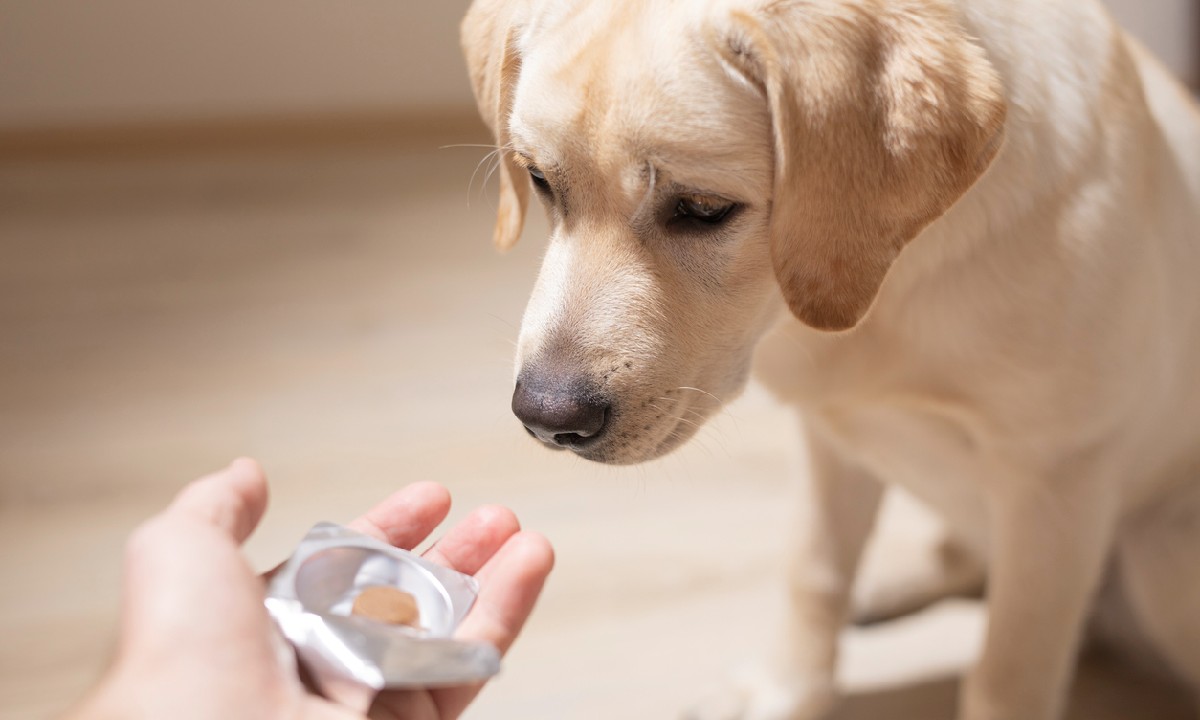Can a Dog Get a Urinary Tract Infection?

Urinary tract infections (UTI) occur in dogs just as they do in people. They are also just as painful. Most of the time they will resolve with treatment, however, they can also be a sign of something more serious. Here’s how to identify if your pup is struggling with a UTI and what to do to treat it.
How Did My Dog Develop a UTI?
Bacterial urinary tract infections are a common disease in dogs. In fact, 14% of all dogs experience a bacterial UTI in their lifetime. When skin flora or gastrointestinal flora enter past the defense mechanisms of the urinary tract, bacteria colonize, which leads to an infection. There are other types of bacteria, and even fungi, that can also lead to your pup getting a UTI.
Females are more prone than males to suffer from these infections, although males also get them. If your dog has other health issues such as Cushing’s disease or chronic kidney disease, they will likely have an increased rate of UTI occurrence.
Urinary Tract Infection Symptoms
If your trained pet pal is suddenly urinating accidentally in the house, they likely have an infection. Difficulty urinating, strain, pain, or whimpering when urinating are all common signs of a urinary tract infection. You can also suspect a UTI if:
- Your pup needs to urinate more frequently
- They are only urinating in small amounts
- There is blood in the urine
- Urine is cloudy or has a strong odor
- Your pup licks their genital area
- Your dog has increased thirst, fever, or lacks energy
What You Should Do if You Suspect a UTI
If your pup is displaying any urinary tract infection symptoms, you need to use a dog UTI treatment. Depending on the cause and severity of the infection, your vet will recommend pain killers, anti-inflammatory medicine, or antibiotics.
Leaving it to see if it goes away on its own can be incredibly painful for your pet pal. It is also unlikely to clear up on its own in dogs and can lead to further complications such as:
- Lower urinary tract dysfunction
- Kidney or bladder stones
- Prostate gland inflammation
- Infertility
- Blood poisoning
- Kidney infection/failure
You can avoid complications if you detect and treat the infection early on. It is also more likely to clear up quickly if you do.
When Are UTIs a Sign of Something More Serious?
Blood in urine, difficulty urinating, and a change in urinating habits can also be a sign of something more serious. That’s why it’s always best to have your pet checked out by your vet to ensure the underlying cause is treated appropriately.
Bloody urine
Bloody urine can be a sign of rodent poisoning, kidney disease, urinary tract stones, trauma (car accidents, dog fights, internal injuries), or cancer. Check for accompanying symptoms of pale gums or dark bloody stools to detect poisoning. Kidney or bladder stones can be extremely painful and lead to obstruction or scarring. This will necessitate a veterinary emergency.
Changes in urinating habits
If your pup has difficulty urinating it is a medical emergency, as it can be fatal if left untreated. Your vet needs to determine what is causing this since it can be a spinal injury, degenerative disease, prostate disease, or scar tissue buildup.
If your trained pup has an increased need to urinate or suddenly has accidents in the house, it can be a sign of diabetes, hypothyroidism, cancer, or Cushing’s disease, amongst other conditions. Although a UTI is most often the cause, it is always best to err on the side of caution to prevent serious complications (and vet bills).
Your pet pal can’t tell you how they feel, so be attentive to their habits and treat any symptoms early on so those tails can start wagging again in no time.
